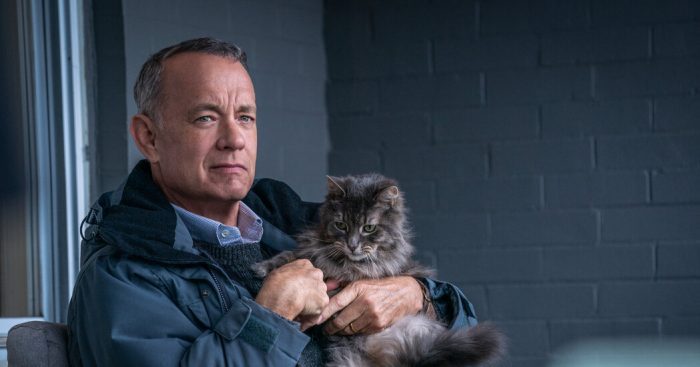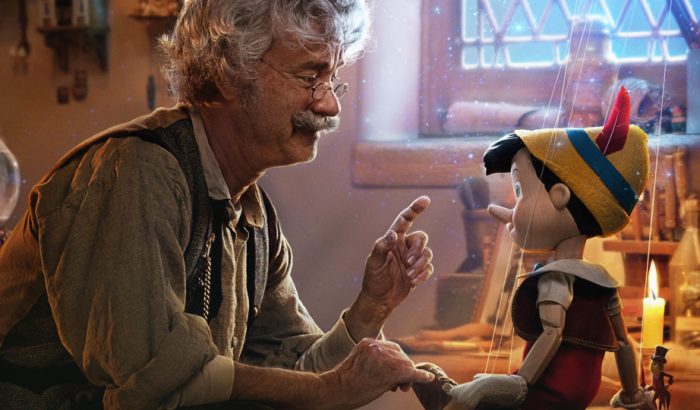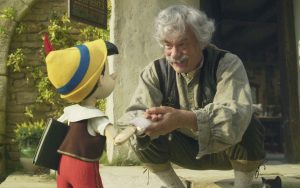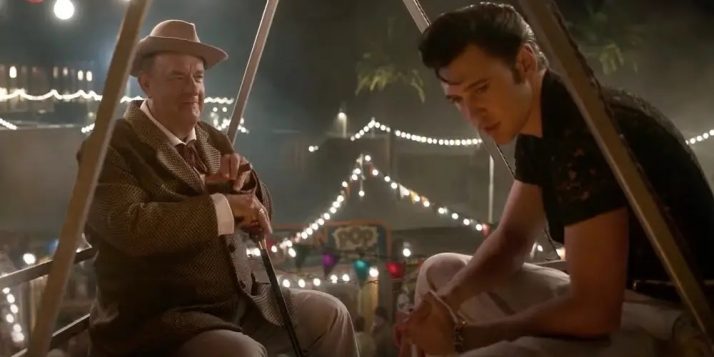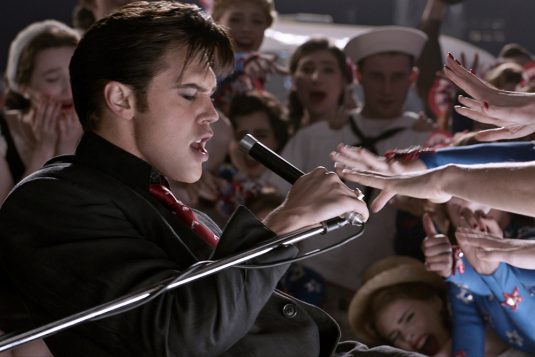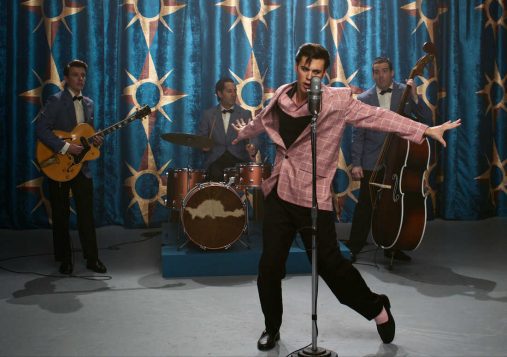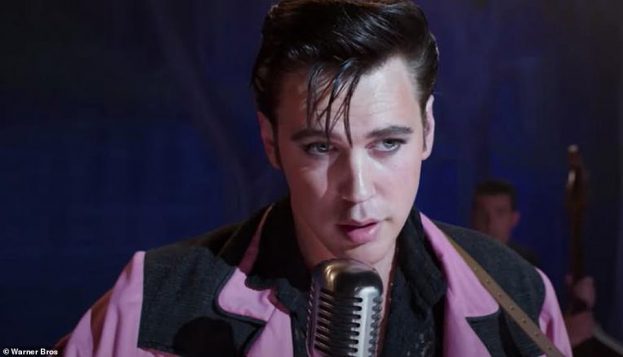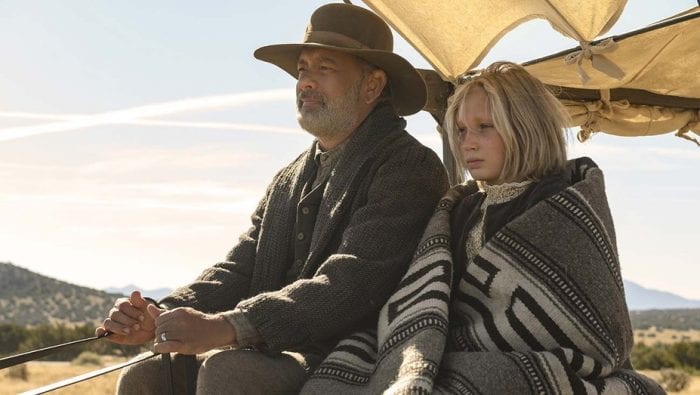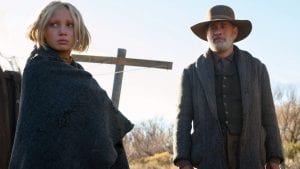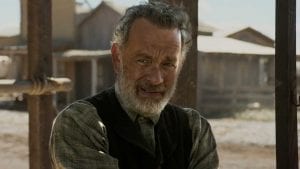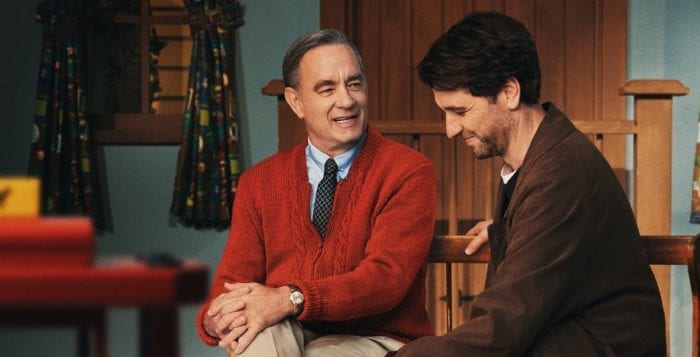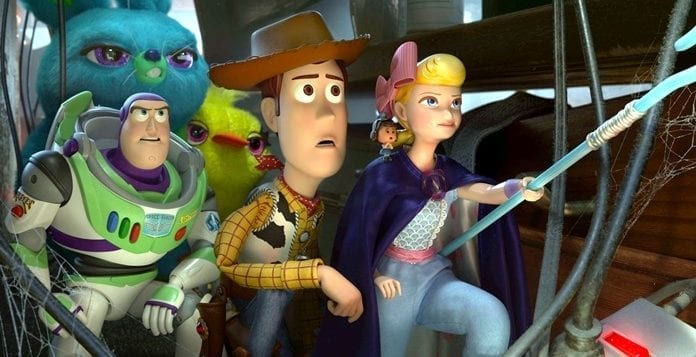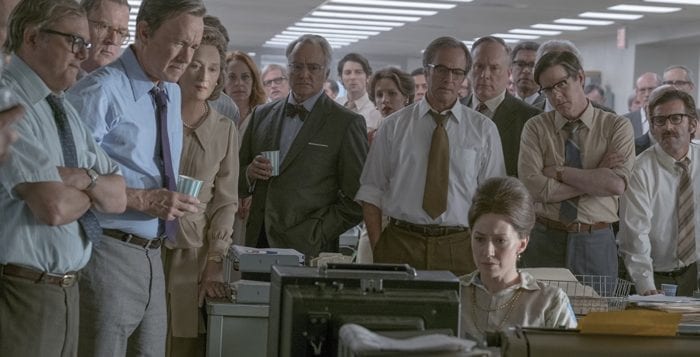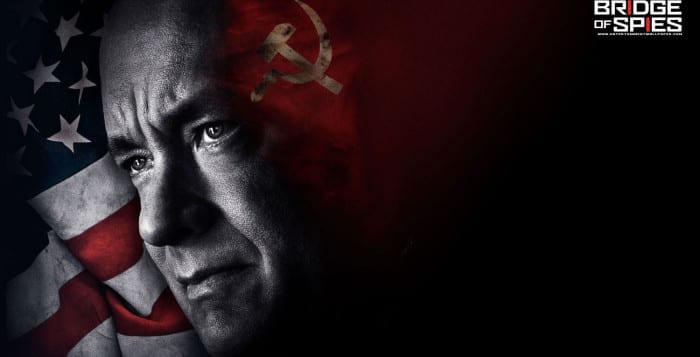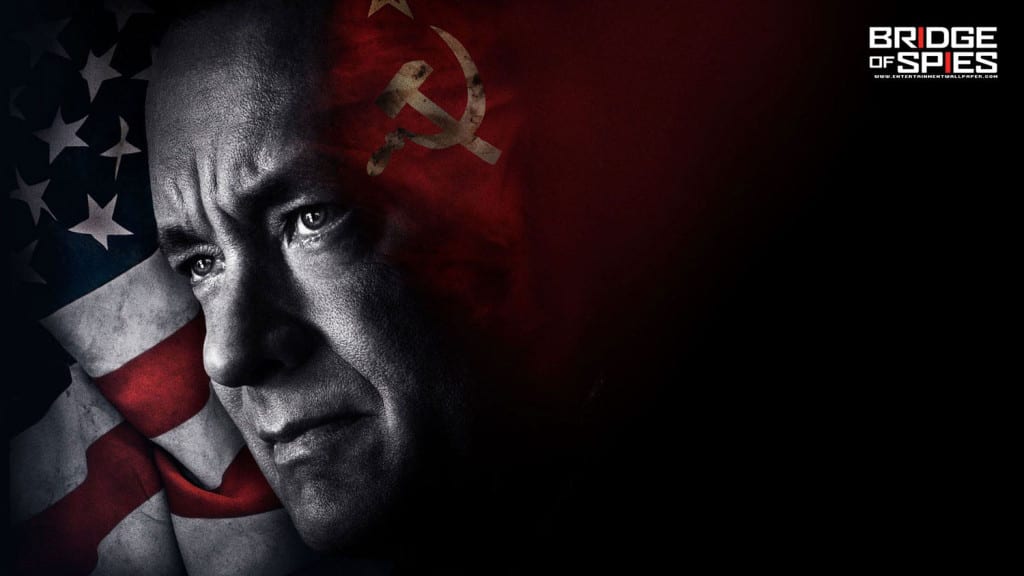Reviewed by Jeffrey Sanzel
Fredrik Backman’s A Man Called Ove (2012) spent forty weeks on the New York Times Best Seller List. First published in Swedish, the English version received almost unanimous raves. The author attributed his inspiration to a newspaper article about a man named Ove who had created a stir while purchasing tickets at an art museum. As a result, Backman created a series of blog posts: “I am a Man Called Ove.” Here, he vented about the world’s many minor aggravations. Eventually, this became the source of the book.
The novel’s Ove is a curmudgeon of the first order. A rule follower, he adheres with almost religious fervor to the letter of the law. He is also deeply mourning for his wife, who passed away six months before the story starts. Forced into retirement, he sees nothing to live for and is determined to end his life so that he may join her. However, a chance encounter with his new neighbors changes his entire course. Reluctantly, Ove becomes drawn into their day-to-day drama and becomes a hesitant but invaluable ally. This involvement shifts Ove’s view of life, and he finds new purpose, mending fences and making changes.
A Swedish film, adhering closely to the source material, was adapted and directed by Hannes Holm, and starred Rolf Lassgård as Ove. Released in 2016, the well-received film was nominated for Best Foreign Language Film and is now Sweden’s third-most-watched Swedish theatrical film of all time.
In 2017, it was announced that Tom Hanks would star in an English-language remake. (He is also a co-producer, along with his wife, Rita Wilson, Fredrik Wikström Nicastro, and Gary Goetzman). The danger of the material is leaning into its sentimentality and eschewing the darker tones.
Director Marc Forster (Finding Neverland, Christopher Robin) and screenwriter David Magee (Finding Neverland, Life of Pi) have marginally avoided too gooey a center. While maintaining the plot and most details, this incarnation is distinctly more emotional than the novel or the Swedish version. However, taken for itself, A Man Called Otto is a surprisingly fast-paced, heartfelt two hours and a worthwhile journey. If there are moments that might feel saccharine, the end is both rewarding and cathartic.
The story revolves around Otto, first seen buying five feet of rope sold by the yard. He argues that he does not want to pay the additional thirty-three cents. Even though planning on using the rope to end his life—and clearly, the change would not make a difference to his future—he obsesses on principle. The scene establishes the man and his views.
Each day, Otto makes his morning rounds of the community. Neighbors attempt to engage him, but he responds, “I have too many things to do.” (This mantra will eventually shift from the negative to the positive.) While Backman’s Ove is taciturn, Hanks’ Otto borders on chatterbox, with a running commentary muttered under his breath. Occasionally, his vocalizations conjure an irate Mr. Bean.
A few changes bring the film into the present: A gay character is now transgender. Social media becomes a force for good. But, overall, the throughline remains the same.
The major narrative shift is in the use of flashbacks of Otto’s life. The book and earlier film reveal Ove’s history as a series of bad breaks, hard work, and patience. Important is his particular hate for the bureaucratic “men in the white shirts” responsible for many of the worst events in his life. In Otto, the flashbacks are used almost exclusively for his courtship, marriage, and life with Sonya (Rachel Keller). This obscures much of the causality in the story that showed Sonya bringing him out of his misfortunes. (Tom Hanks’ son Truman plays the young Otto, but his work fails to link the two Ottos.) Ove is a man marinated in sourness. Conversely, one suspects Otto is a false Grinch, masking his too-large heart.
Of course, the film’s purpose is Tom Hanks. Tom Hanks is the great American Everyman, so his Otto becomes not a scarred survivor but a reflection of what anyone would become from this loss. Like Jimmy Stewart, Hanks is unique because he manages to be all of us but wholly himself. Different from Backman’s Ove, Hanks makes Otto his own.
There is a wonderful eclectic nature to the neighborhood residents. In particular, Mariana Treviño brings humor and grounding to Marisol, the new neighbor. In addition, Treviño offers a warm but knowing presence, suspecting that there is more going on with Otto than he shows.
The interactions between Treviño and Hanks are the highlights of the film. (Christiana Montoya and Alessandra Perez deserve special mention for playing her children with an energy that is neither precocious nor shrill.)
In the end, A Man Called Otto is a different, if gentler, take on a touching, tender, and uplifting tale.
Rated PG-13, the film is now playing in local theaters.

